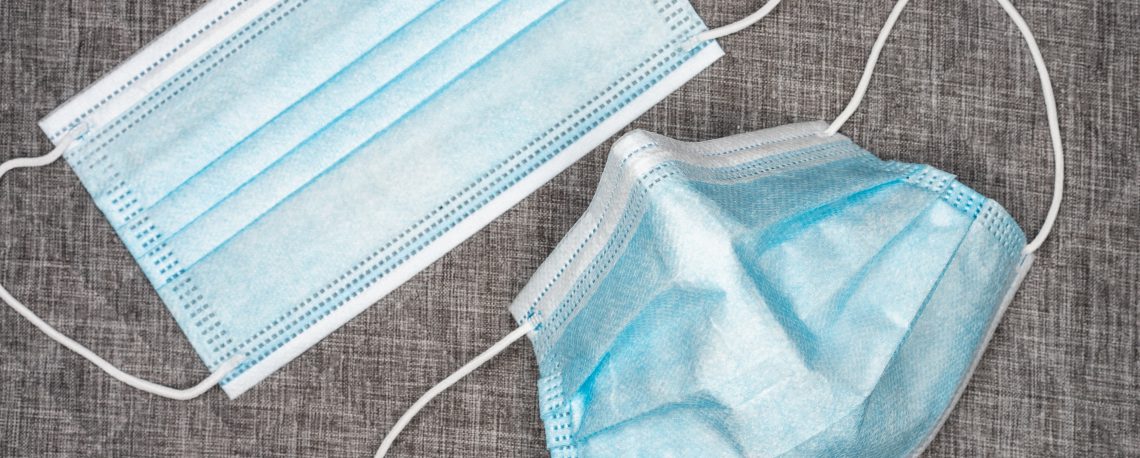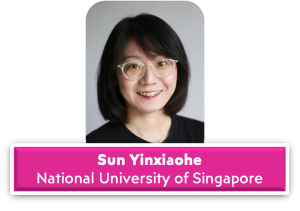|
To explore the spread of COVID-19 through real-world data from multiple sources, Yinxiaohe conducted her research during different stages of the pandemic—before the occurrence of widespread community transmission (1), when multiple epidemics were ongoing concurrently (2), and when transmission levels fell (3)—hence she was able to assist Singapore’s healthcare policymakers through the provision of evidence using different degrees of information during the pandemic. In particular: Stage 1) aims to aid planning efforts by forecasting and assessing the demands, availability and access of N95 respirators over the coming months so that the healthcare system could function with maximum possible protection for its workers. Stage 2) models epidemic trends within the general community, foreign worker communities living in dormitories, and cases imported through international travel, separately, as well as projecting active ICU cases using MOH daily situation report data, resulting in more data customized for use by policymakers as part of the comprehensive COVID-19 surveillance system effort; Stage 3) uses radio-frequency identification data to simulate the contact network among migrant workers (MWs). The simulated contact network will be used to model the spread of COVID-19 between MWs, which will provide information for future intervention strategies implemented in dormitories or other communities with similar contact structures. She also hopes to develop a user-friendly system to display predictive epidemic curves during different pandemic stages by importing real-world data.
Click on the video below to view a presentation on the research project!
Video Player 00:00 00:00 |


